What are the best lawn alternatives?
Traditional lawns lack biodiversity and can sometimes be tricky to maintain if your garden is shady or particularly small. In this post we look at a few of the alternatives.
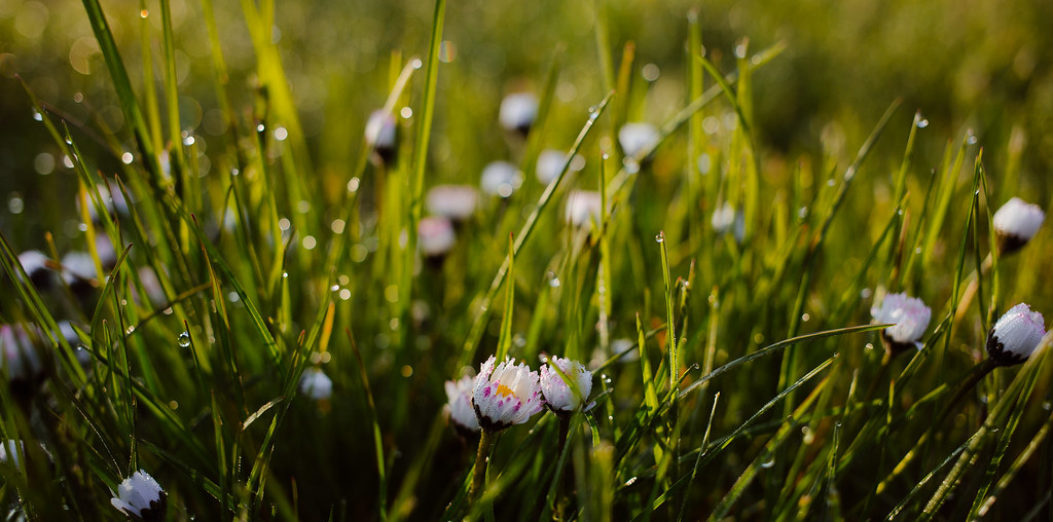
To most, a lawn is an essential part of a beautiful garden design. And in the vast majority of circumstances, a lawn is the perfect addition to a garden’s layout.
However, there are times when a lawn – or at least a traditional one – is not the best option. A classic manicured lawn (which is what most people envision when they talking about lawns) takes a lot of time and effort to maintain. This becomes a lot harder if your garden is prone to flooding, has a shady aspect, features mature trees or is particularly small. Traditional lawns are also not particularly wildlife friendly, with traditional grass mixes lacking species variety.
Fortunately, there are alternatives! And in some situations, these can be a better option than a traditional lawn – with most being:
- lower maintenance
- more wildlife friendly
- more tolerant of extreme conditions
As with most things, there are also downsides to these solutions – and so it’s important to look past the marketing hype surrounding lawn alternatives and take a balanced view of what will and won’t work for your garden. Let’s take a look at a few of the options.
Lawn Alternatives
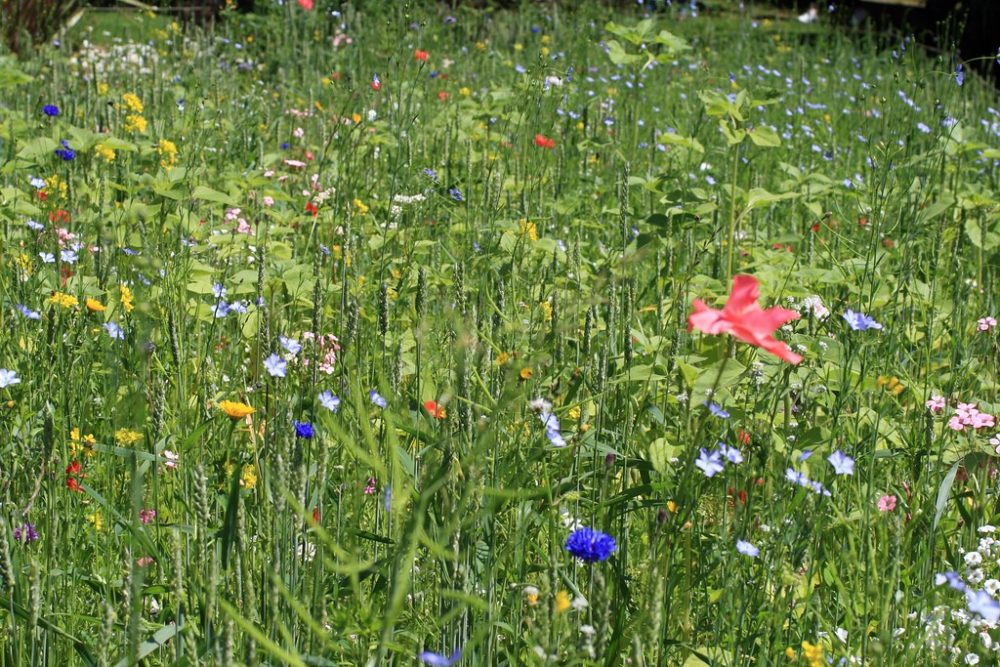
Wildflower Meadow
Currently very popular and a trending alternative to the traditional lawn, wildflower meadows are a great option for very large spaces or areas of your current lawn that are not often used.
Pros
- Wildflower meadows add a lot more biodiversity. If you want to encourage wildlife into your garden, even a small area of wildflower ‘meadow’ makes a great addition.
- Meadow planting only needs cutting a couple of times a year, although this depends somewhat on the species mix. A lot less than a regular lawn!
- Beautiful relaxed feel, with the addition of colour when in flower.
- If the area is large enough, paths can be mowed through the ‘meadow’ to create additional interest – and great fun for children!
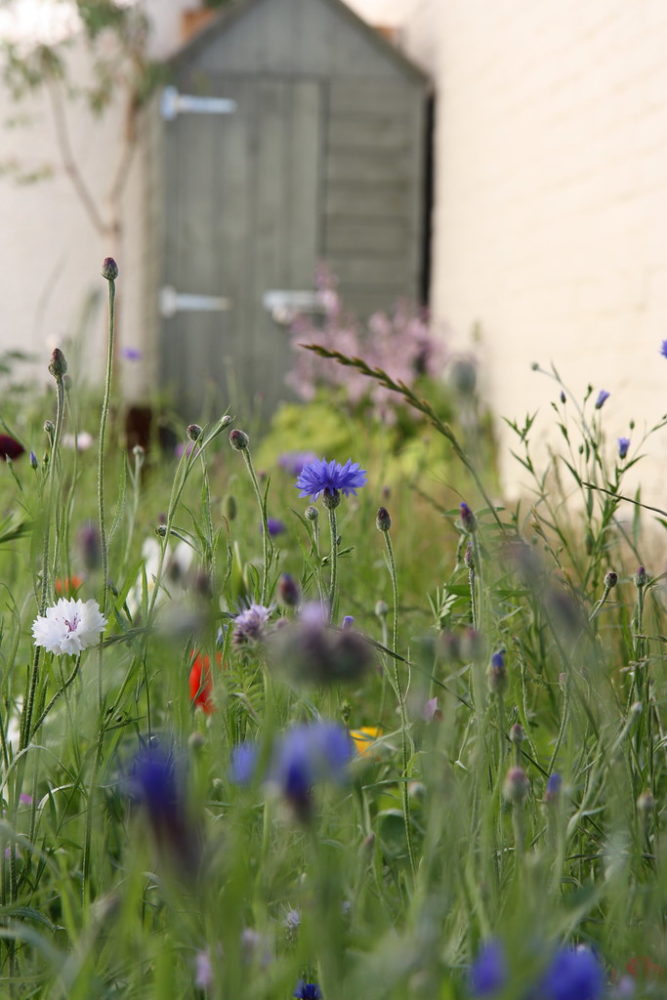
Cons
- Depending on how you look at things, wildflower meadows can look ‘messy’ when not in flower – so they won’t work so well in a formal, manicured garden.
- Can be difficult to get established from seed.
- Not so ideal for playing football, sunbathing, children’s play equipment, etc…
Few people will turn their whole lawn into a wildflower meadow – instead, consider creating a wildflower edge to your existing lawn. In my opinion wildflower areas are best designed at the back of the garden as you will get a beautiful colourful display from spring to summer and then in autumn/winter once cut it disappears into the background. Wildflower meadows can be sown or laid in turf form.
Image: “wildflower meadow” by davida3 is licensed under CC BY-ND 2.0; “Wildflower Lawn” by Dark Dwarf is licensed under CC BY-ND 2.0
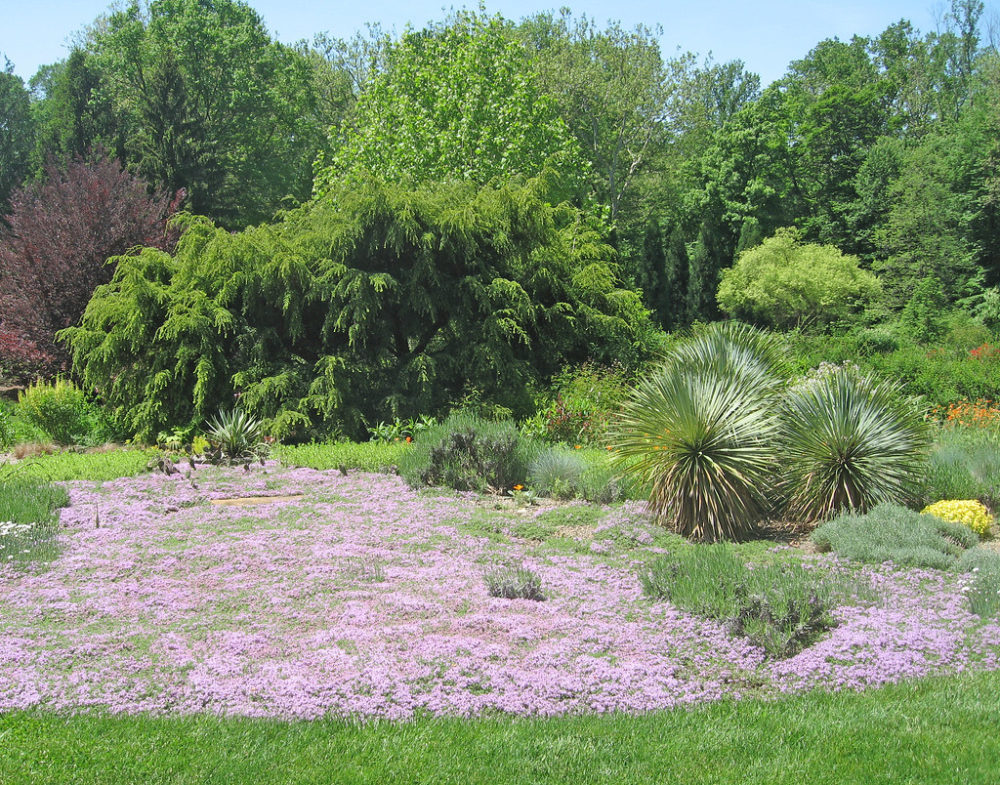
Tapestry Lawn
If you have a small space but still want the evergreen carpet a lawn brings, one option to consider is a thyme or camomile variety – what’s known as a ‘tapestry’ lawn. These alternative lawns are made up of mowing tolerant flowering ground cover plants.
Pros
- Tapestry lawns are another great alternative for attracting wildlife, due to the increased biodiversity
- Rainfall is absorbed faster than for a traditional lawn
- Can put up with a certain amount of footfall
- The flowers when crushed release a lovely fragrance
- Tapestry lawns will need mowing two to five times a year – so less than a traditional lawn
- Can also be used to good effect in between paving
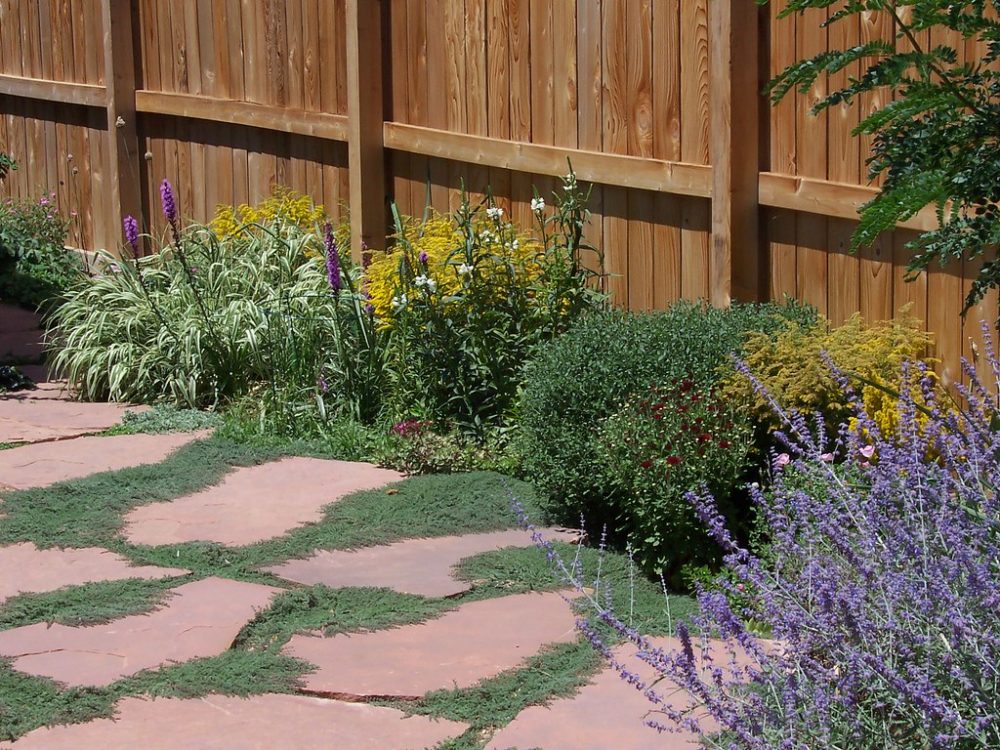
Cons
- Need to be plug planted – and therefore are a more expensive option, as well as laborious to install/plant.
- Time and patience are required – it’ll take a while for plants to knit together
- Regular maintenance will be needed – in particular, weeding!!
- Although they can cope with some footfall, tapestry lawns are unlikely to take kindly to football, games of chase, etc etc…
Images: “Creeping Thyme at Chanticleer” by Gardener Susan is licensed under CC BY 2.0; “Flagstone patio perennial border” by patrick_standish is licensed under CC BY 2.0

No Lawn
If you have a small garden and the lawn is not used for playing, then one option is to get rid of the lawn completely. A well-designed garden does not need to have a lawn to look lush and inviting!
Pros
- No lawn mowing! The ideal solution for anyone who finds lawn mowing a real chore, or in areas where mower access is problematic.
- A lawn-less garden doesn’t have to look like a concrete jungle – a green, natural space can be created by combining more planting beds with hard materials such as gravel and paving for seating areas.
- It allows for more species variety in the garden, as well as year-round interest
Cons
- Normally less than ideal if you have children!
- For some people, a garden is just not a garden without a lawn…
- No lawn normally means more plants – so not necessarily lower maintenance
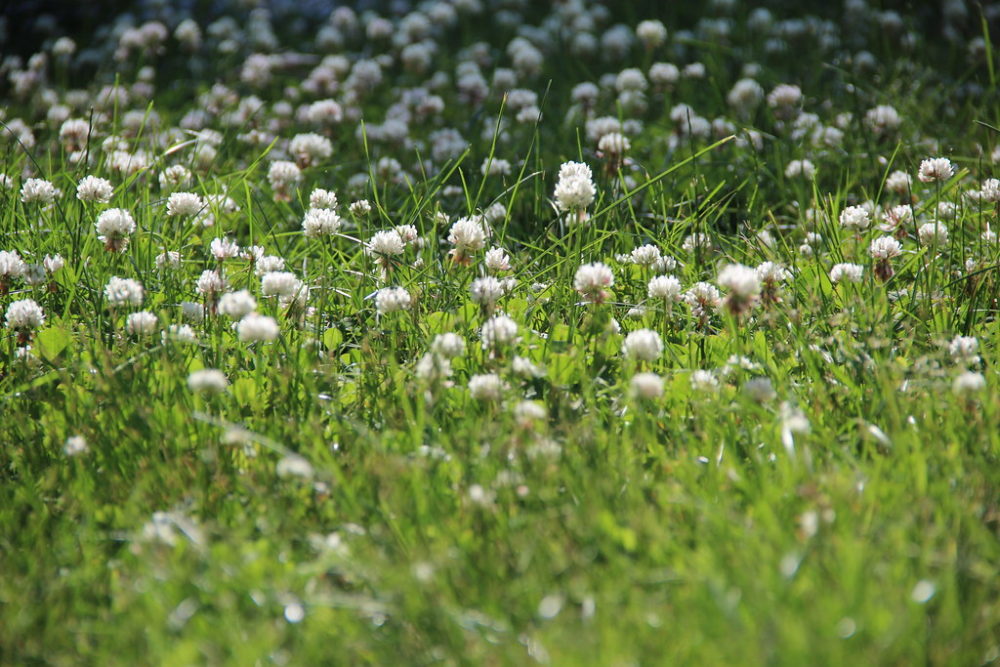
Species Rich Lawn
If you simply can’t imagine your garden without a traditional lawn then consider a species rich lawn mix.
Pros
- These lawn mixes can be laid, maintained and used in the same way as a traditional amenity lawn
- They have flowering species that not only survive but thrive in this environment, adding biodiversity to your lawn.
- Depending on the mix they are also shade and drought tolerant and therefore may be a good option where traditional grass only mixes may struggle.
Cons
- Not as ‘tidy’ as a normal lawn – for some people, can look ‘weedy’ when not in flower
Image: “White clover (Trifolium repens) in a backyard lawn” by The NYSIPM Image Gallery is licensed under CC BY 2.0
Header image credit: “Morning dew on camomile” by freestocks.org is licensed under CC CC0 1.0